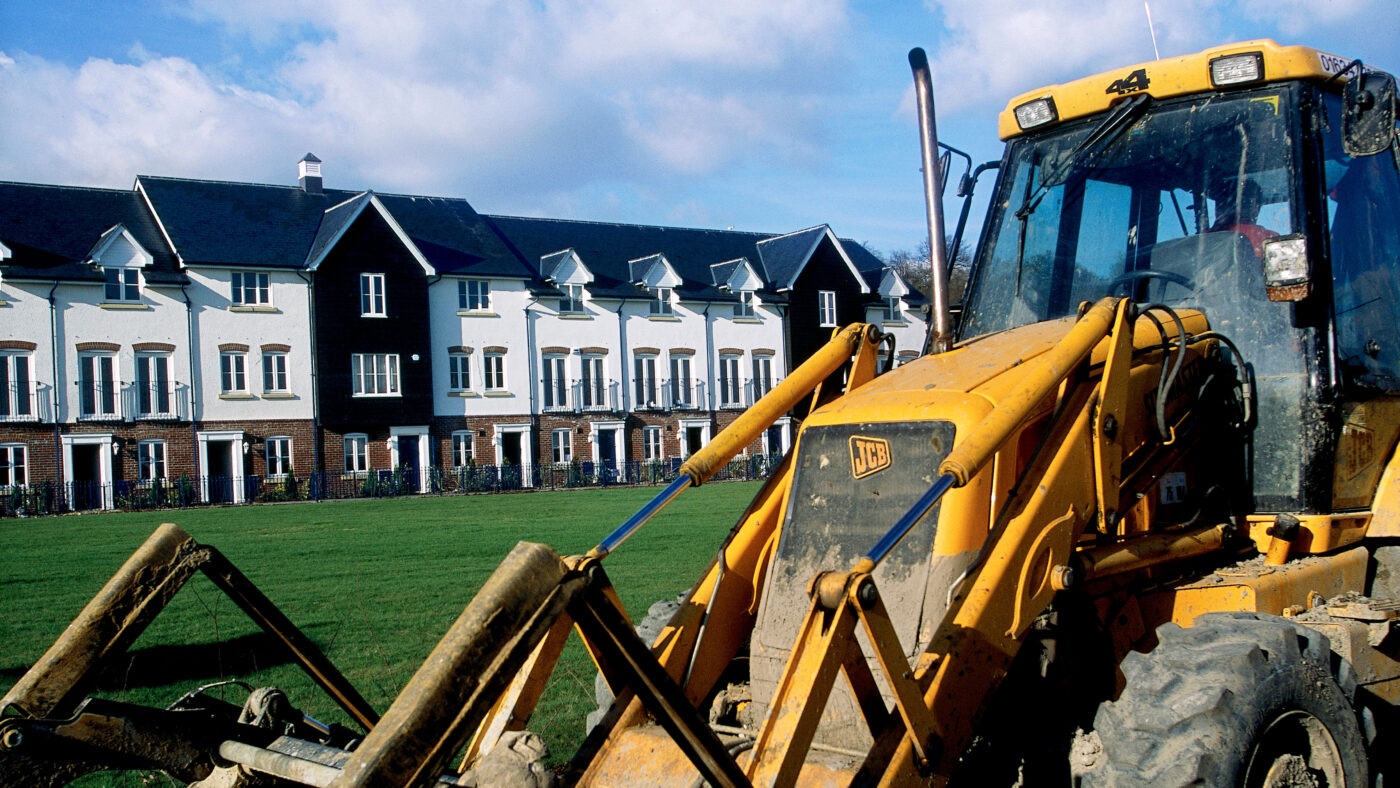If you believe getting more homes built in the right places is the most important issue facing the country, this has been a pretty dispiriting few months.
First the Government agreed to significantly weaken the planning system in the face of a backbench rebellion, prompting dozens of councils to drop their own local targets. Then we had figures showing the number of developments granted planning permission last year was at its lowest level since 2006. Added to which, surveyors this week report a ‘frenzied’ rental market all over the country, as a chronic shortage of properties drives already unaffordable rents higher still.
Meanwhile the Government responds with proposals that are at best minor and at worst will exacerbate the situation: forcing AirBnB hosts to seek planning permission, say, or raising council tax on second home owners – a popular policy in some areas, granted, but not one that is going to address the supply crunch.
To top things off, Levelling Up Secretary Michael Gove has now personally intervened to block a development in Kent because its ‘generic suburban’ style is, apparently, out of keeping with the surrounding area.
This matters, not just because it stops the construction of hundreds of homes where they are urgently needed, but because of the precedent it sets. When a project can be approved by a planning inspector – as this one was – only to be nixed by the Secretary of State on aesthetic grounds, it introduces yet more uncertainty into a system already drowning in caprice. It also means developers throwing money down the drain that they will have to make up elsewhere which means, you guessed it, even higher house prices!
Obviously we would prefer homes to be as beautiful as possible, but we should a) leave that judgement to planning professionals, not politicians and b) not let the best be the enemy of the good. Personally I’d rather we have a few hundred ‘generic’ homes than none at all. (Buyers can also make their own aesthetic decisions – beauty is in the eye of the freeholder, if you like.)
And it’s not like we don’t have enough roadblocks to building already: from Natural England’s nutrient neutrality rules to ultra-Nimby local councillors and MPs like the Shadow Housing Minister complaining that new tower blocks are ‘too tall’ for their London constituency, planning in this country often feels like a game of pot luck, rather than a rational system.
It’s frustrating enough even without the huge logistical pressures that construction firms are also facing. Soaring material costs in the last year are one factor, but they pale into comparison to an acute labour crunch. Not only are construction firms already 50,000 workers short, but the UK Trade Skills Index 2023 estimates they will need to attract 900,000 tradespeople to keep up with demand over the next 10 years – this in an economy where hundreds of thousands of people have exited the workforce in the last few years (for more on such problems read this excellent CPS report from Karl Williams).
Given that construction accounts for about 7% of total GDP, this all adds up to a pretty big problem for Rishi Sunak, especially when one of his five ‘missions’ is to get the economy growing. No one expects the PM to get Britain building overnight, but he could at least stop his own colleagues actively getting in the way.
Click here to subscribe to our daily briefing – the best pieces from CapX and across the web.
CapX depends on the generosity of its readers. If you value what we do, please consider making a donation.


